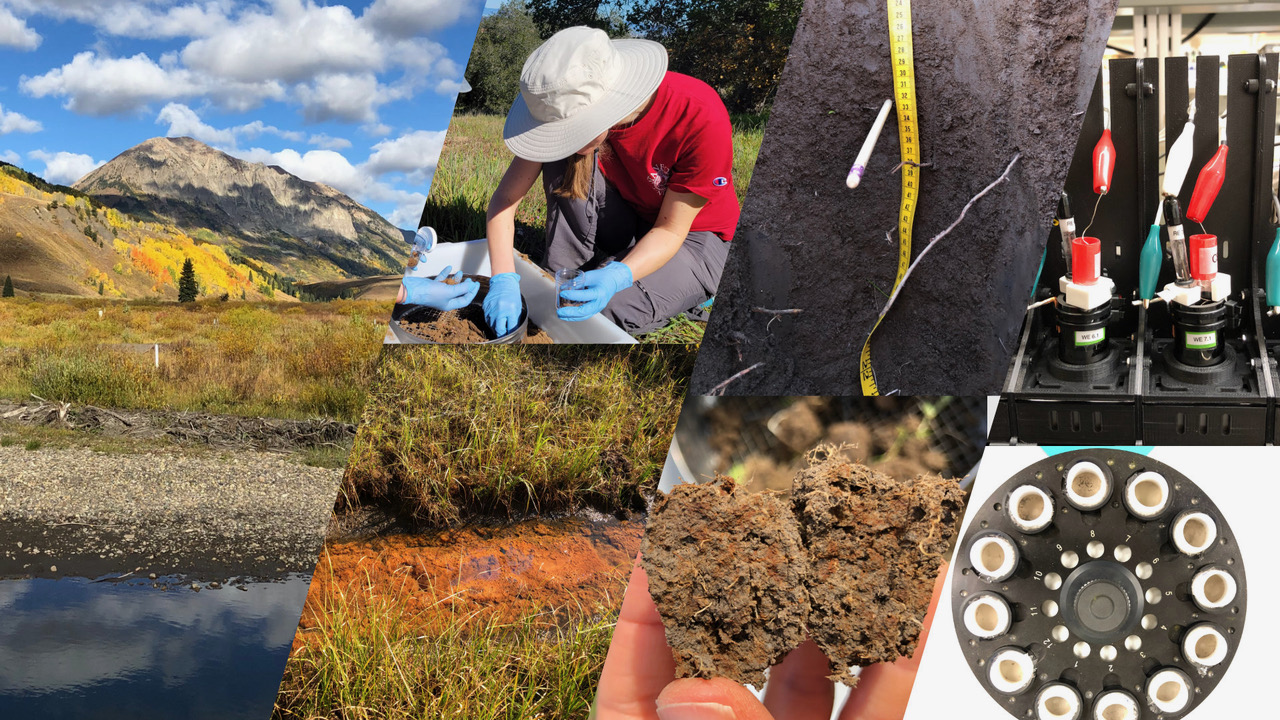Soil Biogeochemistry Laboratory

Soil is crucial to life on Earth and plays a central role in many of today’s environmental challenges, ranging from climate change and water pollution to biodiversity loss and food supply. At SOIL, we aim to elucidate the fundamental biogeochemical mechanisms that drive the cycling of essential elements, including carbon, in soil systems in a changing climate. We are particularly interested in electron transfer processes and their role in element cycling. To this end, we study the interactions between the living and non-living components of soils using a multidisciplinary approach. We employ experimental techniques used in environmental chemistry, pedology, geology, and microbiology and combine field studies with laboratory experiments and modeling efforts to gain a mechanistic understanding of soil processes. We are further developing novel tools and concepts to unveil underlying drivers of element cycling, including electron transfer reactions and energy transformations. The results of our research help improve predictions of element cycling and inform sustainable soil management practices.